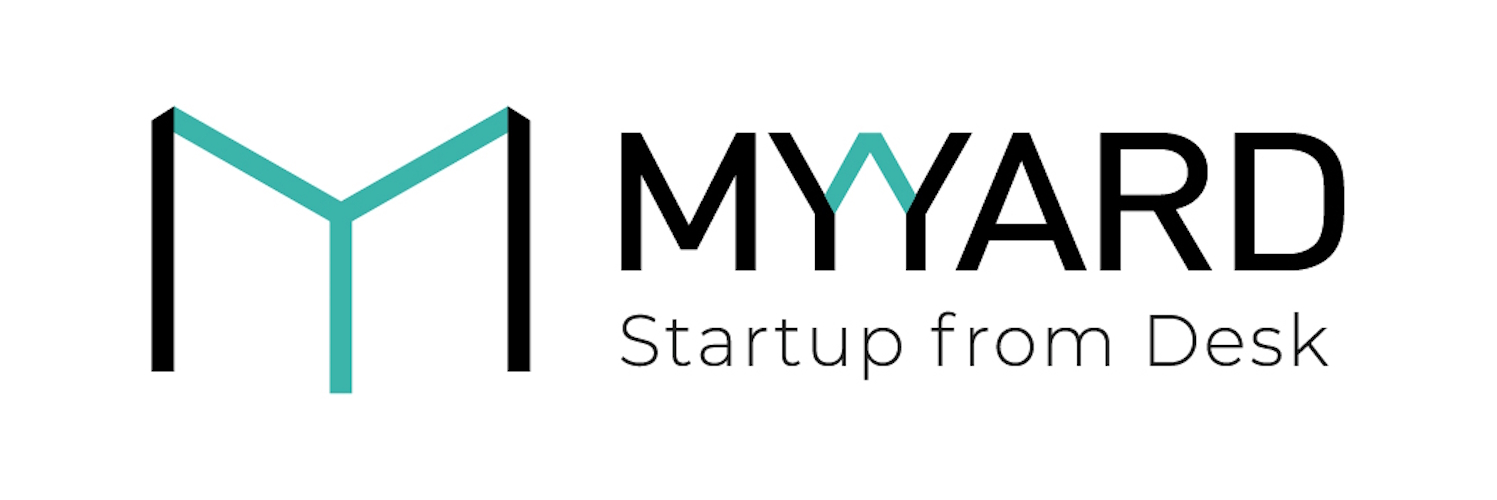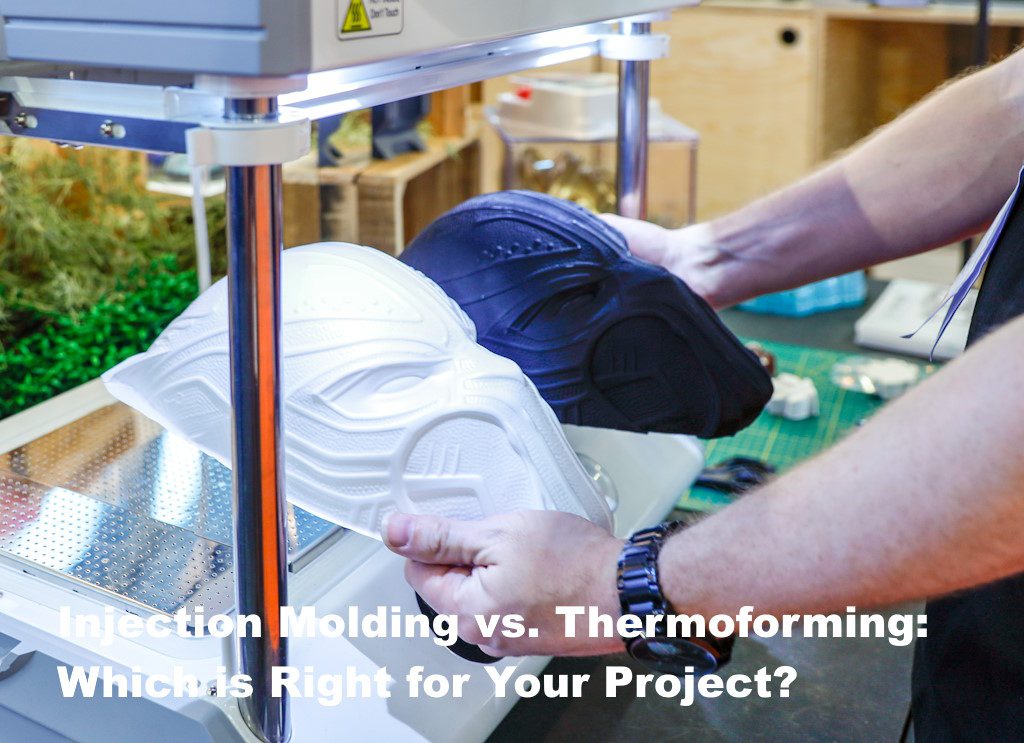In today’s competitive landscape, choosing the right manufacturing process is vital for product success. Thermoforming and injection molding are two prominent plastic molding techniques, each with unique advantages and applications. This article examines the differences between these methods, their respective benefits, and how to determine the best fit for your project needs.
What is Thermoforming?
Thermoforming is a plastic manufacturing process that involves heating a thermoplastic sheet until it becomes pliable, then shaping it around a mold to create a specific design. This method primarily utilizes vacuum or pressure forming techniques, allowing the heated plastic to tightly conform to the mold's contours. Once formed, the excess material is trimmed away, resulting in the final product.
Thermoforming is particularly advantageous for producing lower volumes of simpler geometries, such as packaging inserts and automotive components, thanks to its relatively low tooling costs and quick turnaround times. With capabilities to create large parts efficiently, thermoforming serves a diverse range of applications, from consumer goods to industrial products.
Benefits of Thermoforming
Thermoforming offers several advantages, making it a preferred choice for various manufacturing projects:
- Cost-Effective Tooling: Thermoforming uses molds made from inexpensive aluminum, significantly reducing tooling costs compared to the thicker, heavier materials required for injection molding.
- Rapid Prototyping: The simplicity of thermoforming tooling allows for faster design and production of prototypes, facilitating quicker product development cycles.
- Customizable Aesthetics: This process supports a wide range of colors and textures, enabling vivid designs that can be easily enhanced with painting, silk screening, and other finishing techniques.
- Flexibility in Adjustments: Modifications to thermoforming molds are straightforward and inexpensive, making it easy to adapt designs to meet evolving project requirements.
- Ideal for Low-Volume Runs: Thermoforming excels in producing small quantities (typically between 250 to 3,000 parts per year), making it perfect for niche products or limited runs.
Drawbacks of Thermoforming
While thermoforming has its advantages, it also comes with notable drawbacks:
- Limited Production Capacity: Thermoforming is not ideal for high-volume production runs, as it typically yields lower output compared to injection molding, making it less efficient for large-scale manufacturing.
- Labor-Intensive Processes: Many thermoformed products require extensive post-processing to meet specific customer requirements, increasing labor costs and production time.
- Material Waste: Achieving the desired shape may necessitate multiple attempts, leading to material waste and higher overall costs for projects where precision is critical.
What is Injection Molding?
Injection molding is a highly efficient plastic manufacturing process that creates three-dimensional parts using molten thermoplastic materials. In this method, plastic pellets are heated and melted in an injection molding machine, then injected under high pressure into precisely engineered molds made from stainless steel or aluminum.
Once the molten plastic fills the mold cavity, it cools and solidifies into the desired shape. This process allows for the production of detailed, complex parts in large volumes, making injection molding ideal for mass production. With its ability to reduce piece count and minimize waste, injection molding is often the most cost-effective solution for creating thousands or even millions of identical components.
Advantages of Injection Molding
Injection molding offers several key advantages that make it an excellent choice for many manufacturing projects:
- High-Volume Production: This method is perfect for quickly producing large quantities of parts, thanks to multi-cavity molds that allow several components to be made simultaneously, significantly increasing output.
- Complex and Intricate Designs: Injection molding excels in creating detailed and complex parts. The high pressure in the process ensures that even the most intricate designs are accurately formed, making it suitable for applications requiring precision.
- Automation-Friendly: The injection molding process can be highly automated, which enhances production efficiency and consistency. This adaptability allows manufacturers to scale up operations without sacrificing quality, making it ideal for mass production.
- Cost Efficiency Over Time: Although the initial investment for molds can be higher than other methods, the ability to produce thousands or millions of identical parts at a lower per-unit cost makes injection molding a financially viable option in the long run.
- Minimal Material Waste: The injection molding process is designed for efficient material use, leading to low scrap rates. The precise measurements ensure that each mold is filled completely, reducing excess material and waste.
Disadvantages of Injection Molding
While injection molding is a powerful manufacturing process, it does come with several notable disadvantages:
- High Tooling and Equipment Costs: The initial investment for molds and machinery can be substantial, making it a significant barrier for smaller companies or startups looking to enter the market. This upfront cost can limit accessibility for some businesses.
- Long Lead Times for Mold Development: The complexity of the molds required for injection molding means that the lead times for building and repairing them can be lengthy. This can delay production schedules and impact overall project timelines, especially if modifications are needed.
Key Differences Between Injection Molding and Thermoforming
Understanding the key differences between injection molding and thermoforming is crucial for selecting the right manufacturing method for your project. Here’s a concise comparison based on four essential concepts:
Tooling Costs Comparison
- Injection Molding: Involves high tooling costs due to the use of expensive materials like steel for molds. The complexity of the tooling significantly increases the initial investment.
- Thermoforming: Features lower tooling costs since molds are often made from less expensive aluminum or composite materials, making it more accessible for smaller projects.
Production Volume Capabilities
- Injection Molding: Ideal for high-volume production, capable of efficiently producing thousands or even millions of identical parts, thanks to multi-cavity molds.
- Thermoforming: Better suited for low to mid-volume production runs. Each cycle typically produces a single part, making it less efficient for large-scale manufacturing.
Material and Design Flexibility
- Injection Molding: Offers high precision and the ability to create complex geometries with detailed features, making it perfect for intricate designs.
- Thermoforming: Provides flexibility in using large sheets of plastic, allowing for easier manipulation of part shapes, but may have limitations in detail compared to injection molded parts.
Lead Time and Efficiency
- Injection Molding: Generally has longer lead times (12-24 weeks) due to the complexity of mold design and production.
- Thermoforming: Offers faster lead times (6-12 weeks) for tooling and production, making it an excellent choice for projects requiring quicker turnaround.
| Concept | Injection Molding | Thermoforming |
| Tooling Costs | High (steel molds) | Low (aluminum/composite molds) |
| Production Volume | High (thousands to millions) | Low to mid (typically single part) |
| Material & Design Flexibility | High precision and complexity | Easier shape manipulation |
| Lead Time | Longer (12-24 weeks) | Shorter (6-12 weeks) |
By weighing these differences, you can decide whether injection molding or thermoforming fits your manufacturing needs best.
Which Process is Better for Your Needs?
Choosing between injection molding and thermoforming requires careful consideration of your project requirements. Each method has distinct advantages based on your specific needs.
When to Choose Thermoforming
Opt for thermoforming when you need:
- Larger Plastic Components: Ideal for creating larger parts or consolidating multiple components into a single piece.
- Small Production Runs: Best suited for orders under 3,000 pieces or one-time production needs, where cost-effectiveness is essential.
- Simpler Designs: Perfect for products that do not require intricate details, varying thicknesses, or sharp angles. Common applications include vehicle dashboards, bathtubs, shipping trays, and freezer liners.
When to Choose Injection Molding
Select injection molding when your project demands:
- Smaller, Detailed Parts: Excellent for producing small components that require high precision and intricate design.
- High Production Volumes: More economical for large orders and regular production cycles, delivering cost efficiencies at scale.
- Complex Features: Necessary for components that need detailed features, variable thickness, and crisp angles, such as dials and knobs in cars, packaging materials, and bottle caps.
By evaluating the size of your order, design complexity, and required features, you can determine the best manufacturing method to meet your project's goals.
Injection Molding vs Thermoforming - Final Thoughts
The choice between injection molding and thermoforming ultimately hinges on your project's specific needs. Injection molding excels in producing high volumes of small, intricate components with exceptional detail and precision, making it ideal for large production runs. In contrast, thermoforming, which includes methods like vacuum forming, offers flexibility and cost-effectiveness, especially for larger parts and smaller production runs.
For those exploring thermoforming, MY YARD's desktop vacuum forming machine stands out as an excellent solution, delivering rapid prototyping and unmatched design flexibility for various applications, from packaging to automotive components. Discover how our vacuum-forming technology can elevate your manufacturing capabilities by visiting our product page today!
Related Articles Suggested for You:
Thermoforming Explained: Process, Materials, and Applications
How to Make Resin Molds at Home: DIY Step-by-Step Guide
How to Make Chocolate with Molds DIY: Mold Types, Tips & More
What is Vacuum Forming: Steps, Materials, Types with Pros & Cons


No Comments